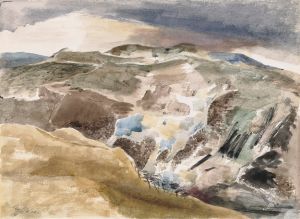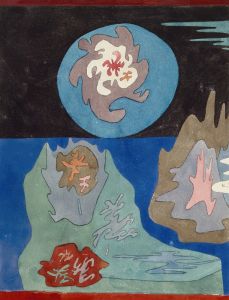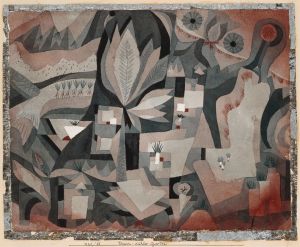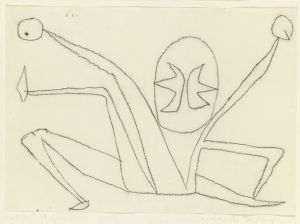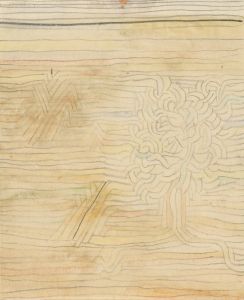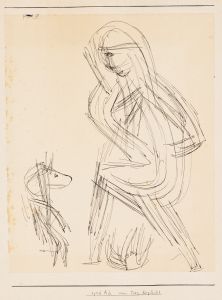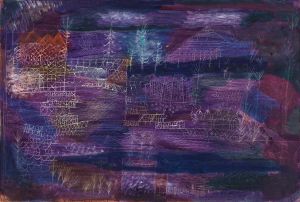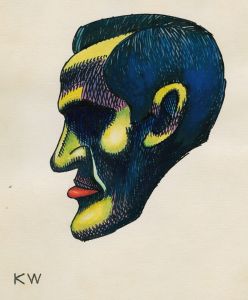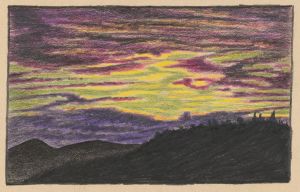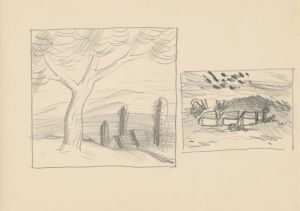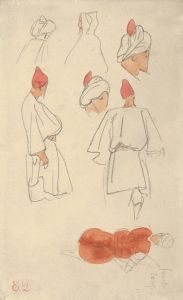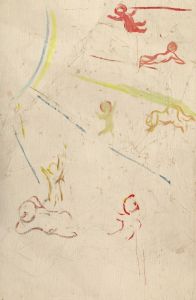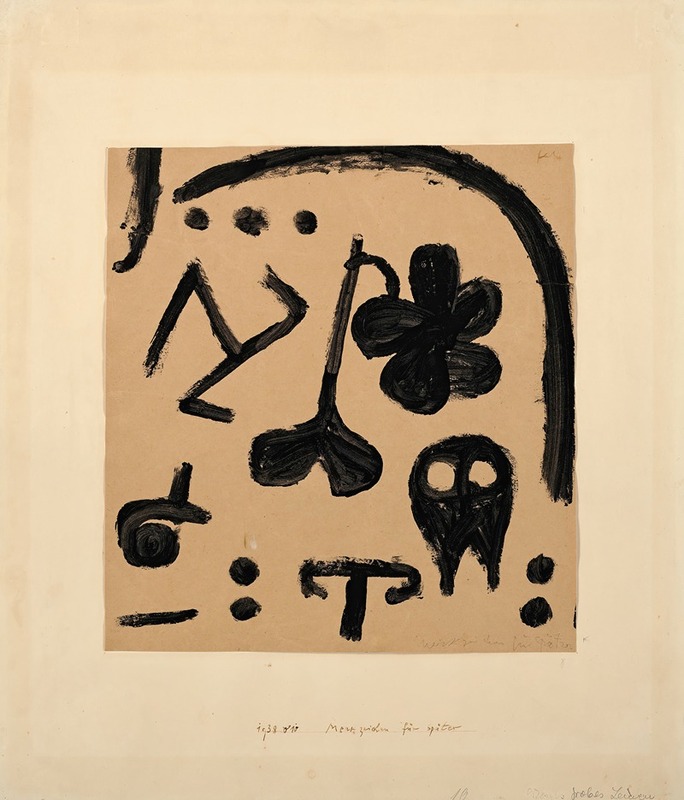
Merkzeichen für später
A hand-painted replica of Paul Klee’s masterpiece Merkzeichen für später, meticulously crafted by professional artists to capture the true essence of the original. Each piece is created with museum-quality canvas and rare mineral pigments, carefully painted by experienced artists with delicate brushstrokes and rich, layered colors to perfectly recreate the texture of the original artwork. Unlike machine-printed reproductions, this hand-painted version brings the painting to life, infused with the artist’s emotions and skill in every stroke. Whether for personal collection or home decoration, it instantly elevates the artistic atmosphere of any space.
Paul Klee's "Merkzeichen für später" (translated as "Mnemonic Symbols for Later") is a work by the Swiss-born German artist, created in 1932. Klee, known for his highly individual style, was a key figure in modern art and associated with movements such as Expressionism, Cubism, and Surrealism. His works often combine abstraction with a playful use of symbols, lines, and color.
"Merkzeichen für später" is a painting that reflects Klee's interest in the symbolic and the abstract. The title itself suggests a focus on memory or the act of marking something for future reference, which aligns with Klee's fascination with the interplay between the visual and the conceptual. The composition features a series of geometric shapes, lines, and symbols arranged in a way that evokes a sense of coded meaning or a visual language. The muted color palette and the precise arrangement of elements are characteristic of Klee's work during this period.
In 1932, Klee was teaching at the Düsseldorf Academy of Fine Arts, a position he held after his tenure at the Bauhaus, where he had been a prominent instructor. This period in Klee's career was marked by increasing political tension in Germany, as the rise of the Nazi regime began to impact the art world. Klee's work was later labeled "degenerate art" by the Nazis, and he was forced to leave Germany in 1933, returning to his native Switzerland.
The painting is an example of Klee's ability to blend the whimsical with the profound, creating works that invite viewers to interpret their meaning. His use of symbols and abstract forms often draws comparisons to musical compositions, as Klee himself was deeply influenced by music and frequently sought to translate its rhythms and structures into visual art.
"Merkzeichen für später" is held in a private collection, and detailed information about its provenance or exhibition history is limited. Like many of Klee's works, it continues to be studied and appreciated for its innovative approach to form and meaning, as well as its place within the broader context of 20th-century modern art.





